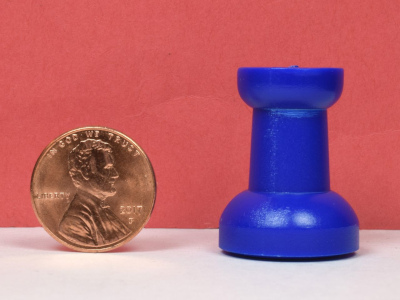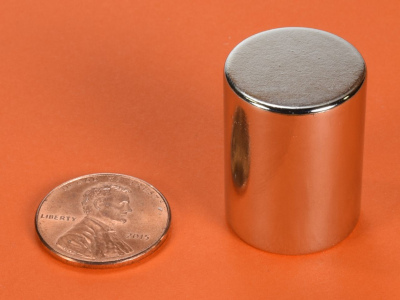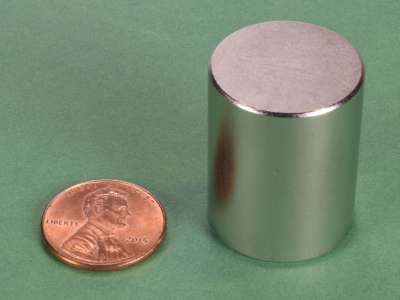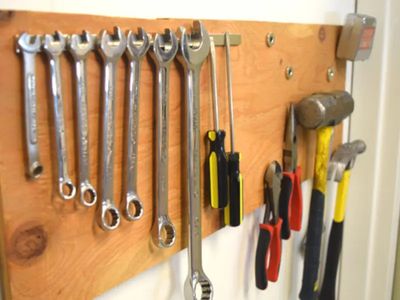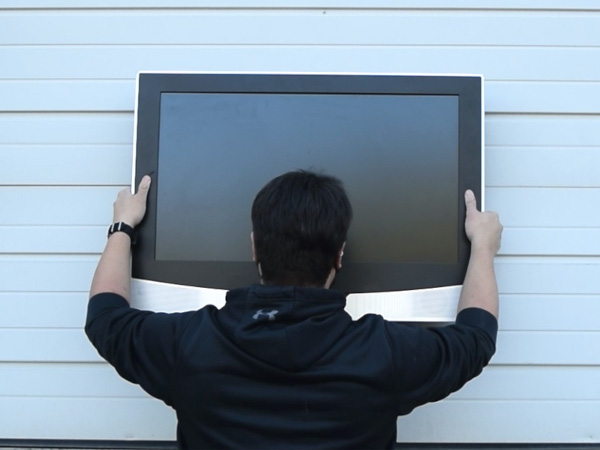Finding Studs with Magnets
Magnets are a cheaper and reliable alternative to electronic stud finders
1. How to find studs in walls
Magnets are a great way to find studs and are more reliable than the best stud finder tools as long as there is ferrous metal hardware in the wall. Magnets are more cost effective, find the exact location of screws and nails, no batteries are required and they do not give false readings.
Tips for finding stud quicker in walls
Use magnets to help locate the screws in the studs, but also try to imagine the hidden structure underneath. While magnets are usually helpful, the process is easier if you look for some underlying clues.
-
Measure distance - Many studs are spaced about 16 inches apart. If you find one stud using a magnet, measure up and down to try to find the center point then simply measure 16" over and you will likely find the next stud.
-
Look for imperfections - If the wall has settled over the years, these hints may be more obvious. Light the area well while working to highlight minor defects.
-
Start from a wall corner - Start your search from one edge of the wall, and work 16" from there.
-
Start from an electrical outlet or switch - Electrical switches and outlets are often attached to studs, so look for studs on either side of outlets.
-
Hang a string - Once you find a stud using a magnet, hang a string from the magnet to help make the vertical line of the stud more obvious.
-
Put magnet on a string - For harder to find screws, it may be harder to feel the magnet attract to the screw. If you hang the magnet from a string like in this video Finding stud with magnet on a rubber band it will be more obvious when the magnet has found a stud screw.
Basics of finding studs
Typical drywall in America can vary in thickness, but it is typically attached to studs spaced every 16" using ferrous metal screws. The following image is a cross-section of a typical drywall setup revealing the studs behind the wall and showing how the screws are used to hang it. The second image shows a D8APC-BLK Plastic Cylinder Magnet finding a stud by attracting to a screw in the drywall.
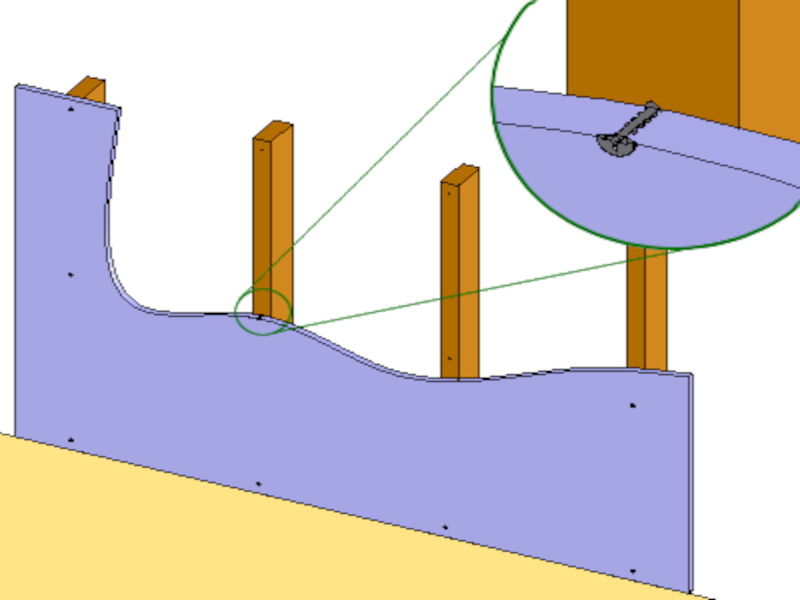
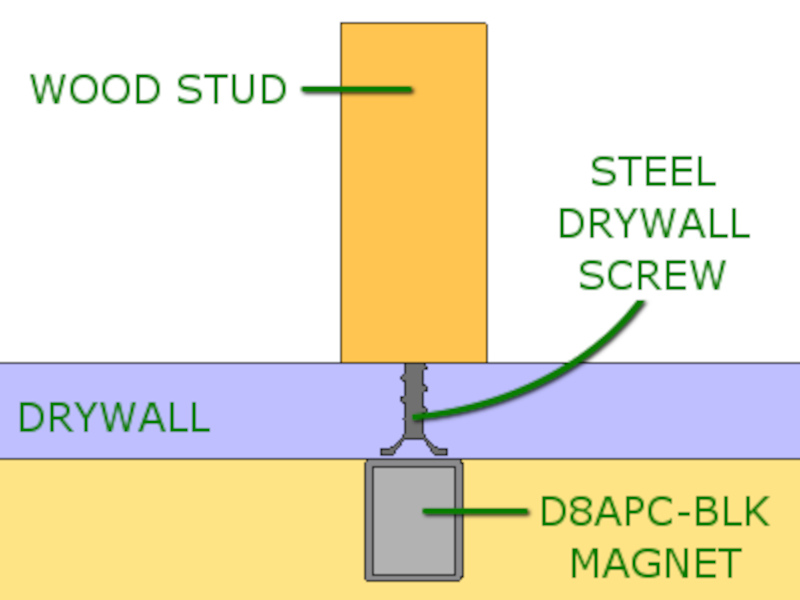
Demo video of how to find studs using magnets
In the below video we showcase a few of our top stud finder magnets as we locate several studs under a drywall and use the magnets to mark the locations.
Shop Stud Finder Magnets
Great selection of strong, affordable stud finder magnets for use on various types of walls
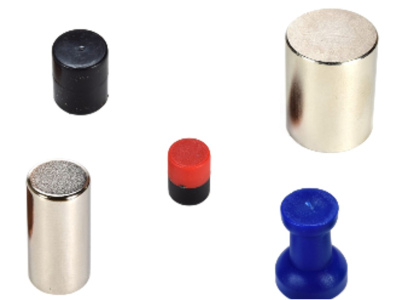
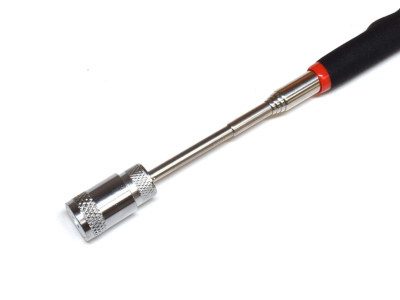
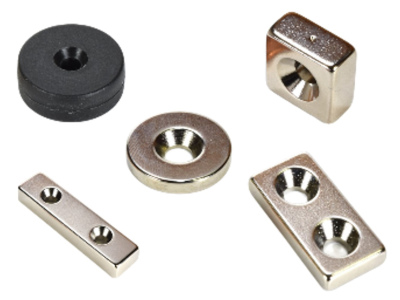
2. Best types of magnets for finding studs in your wall
Sometimes stud finders are unreliable or hard to use, but magnets are a cheap and easy solution that always works as long as there is ferrous hardware in the wall. Below is a list of the best magnets to use for each situation.
In many home projects, finding the studs hidden behind drywall can be a challenge. For a simple yet amazingly effective stud-finding solution, get a neodymium magnet. It can't detect the wood two-by-fours, but it easily locates steel screws that hold the drywall to the studs.
Top magnet types to use for different walls
-
Thumbtack magnets - Our large XLTK thumbtack magnets are a good size for finding studs and are easy to handle and much cheaper than a traditional stud finder.
-
Small cylinder magnets - Smaller cylinder magnets are still very strong and can easy find screws in many walls. They are easy to handle and stronger than our thumbtack magnets.
-
Strong cylinder stud finders - If you have thicker walls or harder to find hardware, increasing the size and strength of the magnet can find screws and metal even through some of the thickest walls.
Top overall pick for stud finder magnet
We have many magnets not even listed in this article that will work great as a stud finder and all of the magnets listed above, but we chose the D8APC-BLK plastic coated magnet as the best overall stud finder magnet for the following reasons.
- Strong enough to find studs in most walls
- Plastic coating making it durable, waterproof and preventing scratches on wall
- Much cheaper than most stud finder devices and no batteries needed
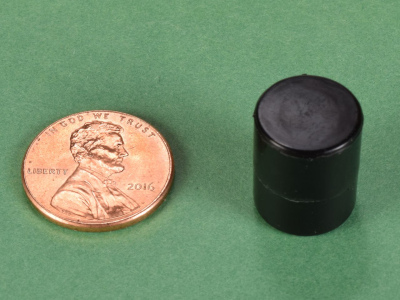
A well rounded stud finder magnet for various wall thicknesses, hardware types and preventing scratches
Shop Now3. How to locate difficult to find studs
Finding studs in thicker walls
-
Thick drywall - The thicker the drywall, the farther from the surface the screw is. A small magnet may not be strong enough to go across the gap and attract strongly enough to the screws so a larger magnet like below will be needed.
Plaster and lathe walls - What about plaster and lathe construction on older homes? While the rough wood construction might have nails or tacks in it, they're usually pretty far away from the surface of the plaster. A larger magnet may be needed to find the nails and tacks used.
Finding steel studs
Some studs are made of steel sheet-metal instead of wood two-by-fours. These studs are made of fairly thin steel sheet, bent into a sturdy shape that resembles a two-by-four in size.
Can you detect a steel drywall stud behind 1/2" or 5/8" thick drywall? Yes, but you need a really powerful magnet. Our XLTK-BLU thumbtack magnets and D8APC-BLK plastic coated cylinder magnets magnet aren't going to exert enough pull across that distance. You would need a bigger, more powerful magnet like a DCX0 cylinder magnet or DEX2 cylinder magnet.
Of course, steel screws are commonly used to anchor drywall to the steel studs so you would only bigger magnets if the wall is attached to studs using only adhesive.




